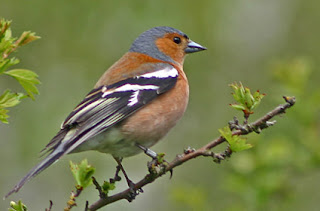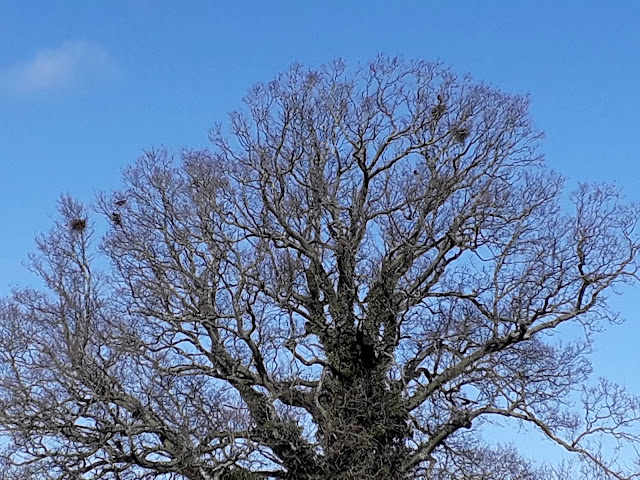News about seasonal changes at Filnore Woods and how to get involved as a volunteer, if you want to. As well as things seen and done at FILNORE WOODS, THE BLOG WILL INCLUDE THINGS YOU CAN SEE IN YOUR STREET OR GARDEN. To get regular updates, you used to be able to enter your email address in "FOLLOW BY EMAIL" (just below on the right) But this seems to have stopped working so GOOGLE 'FILNORE WOODS BLOG' AND FOLLOW 'FILNORE WOODS' ON FACEBOOK
Tuesday 29 March 2022
BUMBLE BEE OR NOT ?
Wednesday 23 March 2022
PUSSY WILLOW
Sunday 20 March 2022
Roe deer
In their paddock in Abbey Lane, not far from Filnore Woods, Jo and John Moe have a trail camera set up.
A recent pair of visitors were this roe deer couple.
You can see that the male or buck has antlers covered in fur because they are still growing. Strangely one antler seems to be bigger than the other. Perhaps the smaller one will catch up.
Did you know that the original Bambi in Felix Salten's book was a roe deer, not the white-tailed deer of the Disney film.
Friday 18 March 2022
PINK AND PURPLE
As the flower spikes extend the leaves turn green.
(More about the chaffinch's song proper in a later post)
Tuesday 15 March 2022
Mundy Rooks


Saturday 12 March 2022
WOW
The weather on the second day was almost continuous rain. This group finished off the raking, slipping and sliding on the slope. Although very cheery and hard-working, they were so cold and wet by lunchtime that we sent them home.
Wednesday 9 March 2022
WILD PLUM BLOSSOM
If you have come across blackthorn blossom already . . . .
. . . . it's probably not blackthorn but one of the many wild plums.
There are no thorns, the flowers are bigger and whiter, and blackthorn flowers up to a month later.
Sunday 6 March 2022
HUNGRY BIRDS SING
Just inside the main entrance to Filnore Woods there is a picnic bench (made by local craftsman Richard Jessop),
and over it a young oak tree (formerly squashed flat by the vehicles of the men who replaced the overhead cables about 15 years ago) and in the tree . . . .























